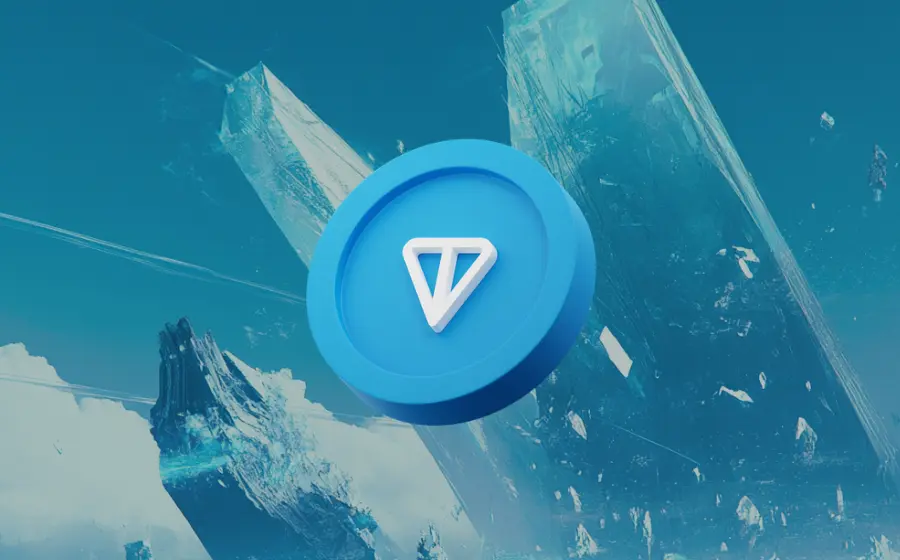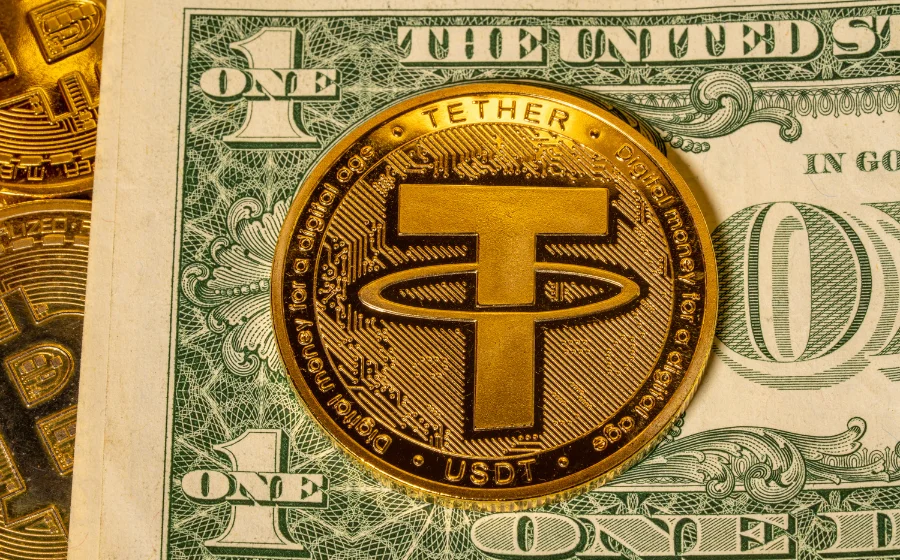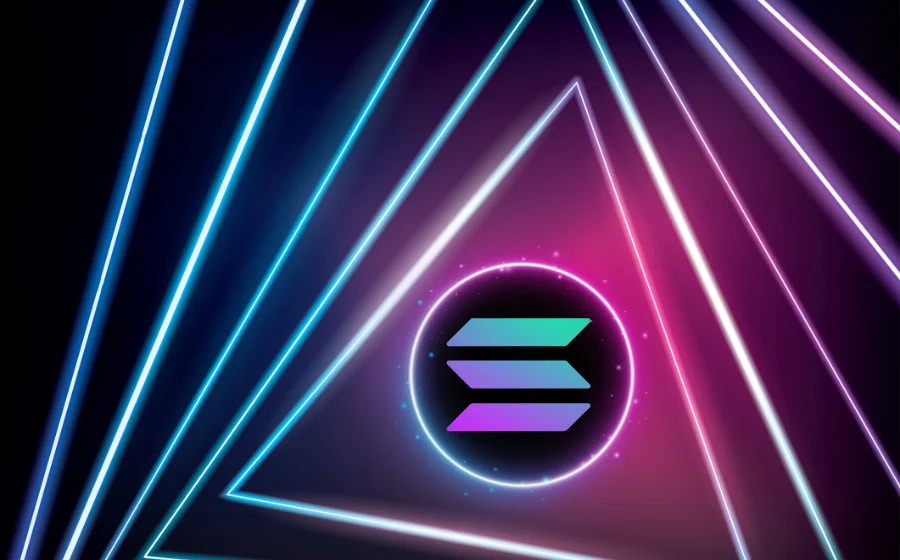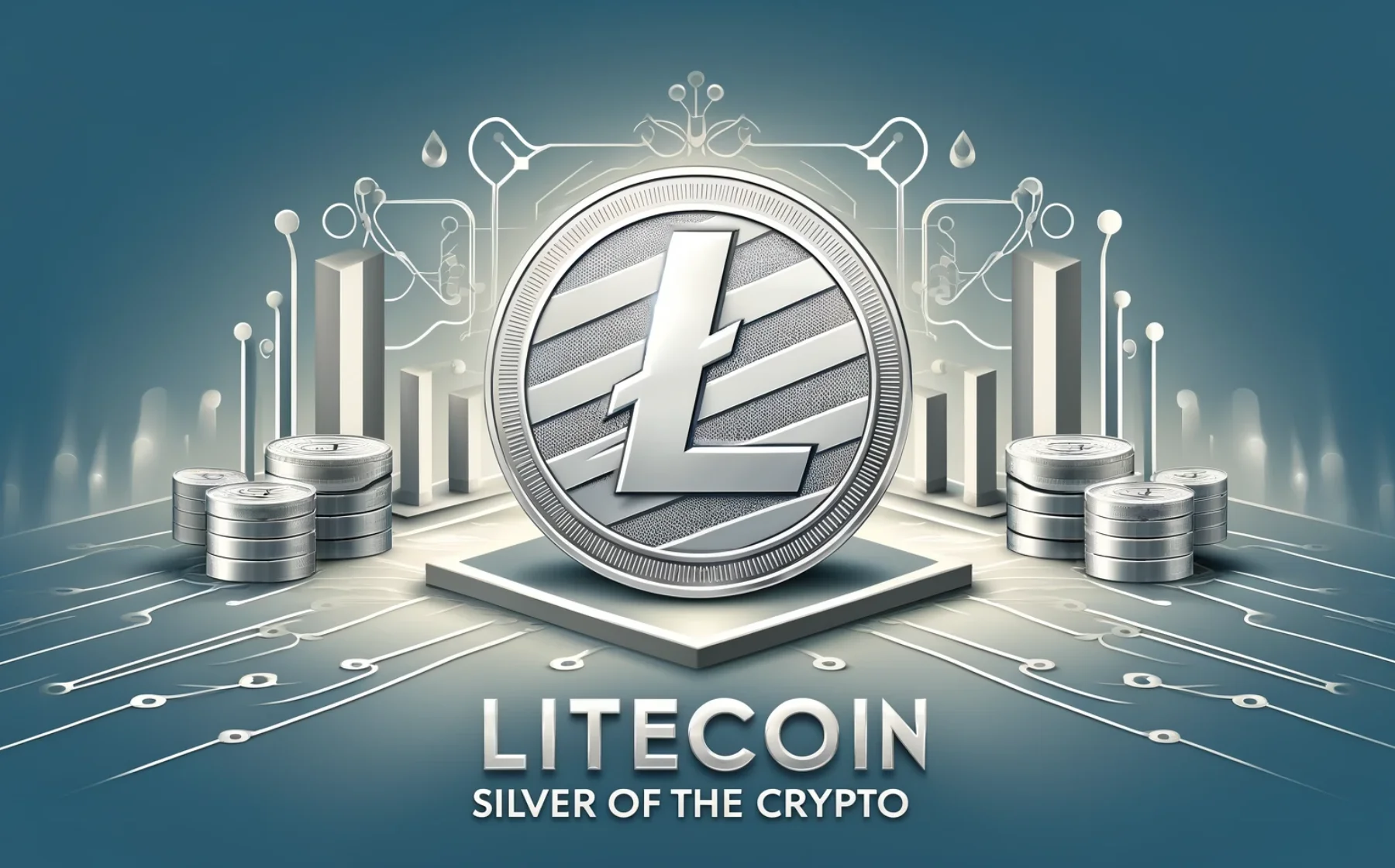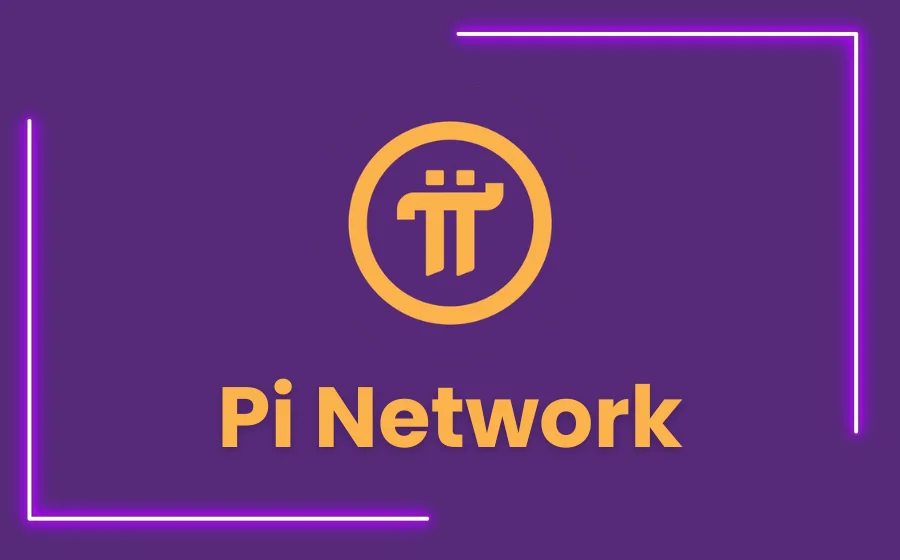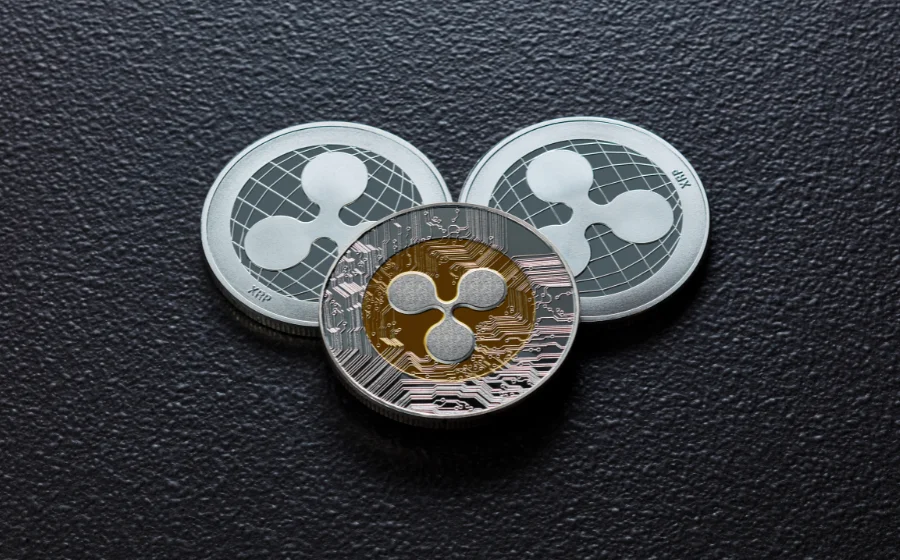
KEYTAKEAWAYS
- Fast and Low-Cost: XRP enables instant cross-border payments with minimal transaction fees, making it a highly efficient alternative to traditional banking.
- Decentralized Ledger: It uses a decentralized ledger across multiple nodes, ensuring secure and transparent transactions without a single centralized authority.
- Extensive Adoption: XRP is widely adopted by financial institutions and companies for payments, thanks to its global partnerships and scalable open-source protocol.

CONTENT
XRP, also known as Ripple, is a cryptocurrency providing fast, low-cost cross-border payments via a decentralized ledger. It stands out for efficiency, global adoption, and secure transactions.
WHAT IS XRP?
XRP, also known as Ripple, is the native cryptocurrency of the Ripple blockchain. Developed by the American tech company Ripple Labs in 2012, it has a total issuance of 100 billion tokens. Ripple is a global payment network built to facilitate fast and affordable cross-border transactions for financial institutions. Its native token, XRP is primarily used as a settlement currency to provide liquidity for users, allowing near-zero fee, fast transaction settlement (2-5 seconds) between two different fiat currencies. This makes it an ideal tool for global funds movement and currency exchange.
Compared to Bitcoin and Ethereum, XRP has a higher circulation rate, improving transaction efficiency and providing investors with higher returns. Additionally, XRP can be used for asset transfers and fiat currency exchange, making it a preferred choice for exchanges and financial institutions.
RippleNet is a remittance network provided by Ripple for banks, corporations, and exchanges, automatically calculating optimal exchange rates and transmitting payment information. XRP, as the cryptocurrency used within RippleNet, facilitates instant payments while reducing liquidity and operational costs. Compared to traditional remittance models, using both RippleNet and XRP can save up to 60% in costs. Ripple is committed to promoting the free movement of currency globally, eliminating barriers of time and transaction fees.
>>> More to read: What is Bitcoin?
6 KEY ADVANTAGES OF XRP
1. Fast and Efficient Payments and Fund Transfers:
Ripple’s protocol provides extremely quick transaction confirmation and settlement, taking only seconds. In contrast, traditional international bank payments may take several days.
2. Low Transaction Costs:
XRP’s transaction fees are much lower than those of traditional international payments, making it a highly competitive payment option. It is especially economical for large cross-border transactions.
3. Decentralized Ledger:
XRP uses a decentralized ledger, storing transaction records across multiple nodes to ensure transparency, security, and reliability. The absence of a single centralized authority reduces the risk of data manipulation or alteration.
4. The Best Solution for Cross-Border Payments:
XRP was primarily created to solve the problem of cross-border payments. Its low transaction costs make it the best option for international transactions.
5. Openness and Scalability:
The Ripple protocol is open-source, allowing developers to build applications and services based on it. This openness fosters ecosystem innovation and development, offering more possibilities for various industries.
6. Extensive Partnerships and Adoption:
XRP has formed extensive partnerships with many major banks and financial institutions. It is widely adopted by financial institutions, payment service providers, and companies worldwide to improve payment processes and reduce transaction costs.
APPLICATIONS OF XRP
1. Cross-Border Payments and Remittances:
XRP is used by many large banks and financial institutions for cross-border payments and remittances. Institutions like Bank of America and Standard Chartered have partnered with Ripple, using XRP for international transactions.
2. Financial Institution Partnerships and Integration:
XRP has established partnerships with financial institutions worldwide, including Japan’s Mizuho Bank, China’s ICBC, and Singapore’s DBS Bank. These organizations use XRP for cross-border payments and fund transfers.
3. Corporate Payments:
Many companies use XRP for daily payments and fund transfers. Corporations like American Airlines and Western Union utilize XRP for their payment needs.
4. Smart Contract Application Development:
The Ripple protocol is utilized to develop various smart contracts and decentralized applications. The XRP Ledger blockchain platform, introduced by Ripple, enables the creation of diverse financial applications.
XRP VS BTC & ETH
The biggest difference between XRP and Bitcoin & Ethereum lies in “efficiency.” XRP transfers can be completed in as little as four seconds, while Bitcoin requires at least an hour, and Ethereum takes about two minutes.
Transfer speed is influenced by the blockchain technology used in each cryptocurrency. Generally, transactions on a blockchain require the platform to verify and record them. Thus, when trading Bitcoin or Ethereum, the platform requires significant computational power to verify transactions, which not only takes time but also incurs high fees. However, XRP is not a typical cryptocurrency, as it does not require computational power to complete transfers.
- Why isn’t XRP considered a typical cryptocurrency?
XRP is issued differently from Bitcoin and Ethereum. Miners cannot obtain it through mining, and it doesn’t align with the core principle of decentralization that early cryptocurrencies were based on. The issuance of XRP is entirely controlled by Ripple. While there are 100 billion XRP tokens in total, more than 55 billion are held by Ripple, meaning the company can influence the value of XRP. This characteristic makes XRP inconsistent with the concept of decentralization.
>>> More to read: What Is Ethereum?
RISKS AND CONCERNS OF XRP
1. Centralization:
Cryptocurrencies are popular due to their decentralized core concept, giving users control away from big corporations and governments. However, Ripple’s verification technology retains a degree of centralization. The Ripple network functions similarly to blockchain, requiring consensus to verify transactions, but XRP itself does not operate on a blockchain. Ripple uses the “Ripple Protocol Consensus Algorithm (RPCA)” to validate transactions on the network, creating a decentralized consensus mechanism but often criticized as a “centralized blockchain.”
2. Pre-mining Model:
XRP has a total supply of 100 billion coins, but it doesn’t rely on proof-of-work (PoW) or proof-of-stake (PoS) for mining. Instead, Ripple controls the issuance, with over 55 billion coins still held by the company. In contrast, other cryptocurrencies are gradually distributed through node verification and user participation, such as Bitcoin’s fixed 21 million supply mined over time. XRP uses a “pre-mining model,” with 100 billion coins known to exist, but the issuance timeline remains uncertain due to the majority being controlled by the company.
3. SEC Scrutiny:
In December 2020, the U.S. Securities and Exchange Commission (SEC) filed a lawsuit against Ripple, alleging that XRP is a security, leading to its delisting from many exchanges. Although a judge recently ruled that XRP sold on exchanges is not a security, this ongoing lawsuit has yet to be fully resolved and remains subject to potential changes.
In summary, from a fundamental perspective, demand for buying or holding XRP is not very strong. Users are required to hold a small amount of XRP for participation in the Ripple system, with each transaction burning some tokens, leading to an overall deflationary effect. However, since XRP is cheap and requires limited holdings, the impact is minimal. If prices surge or participation requirements increase, demand could be suppressed, resulting in a delicate balance: it’s used because it’s cheap, but if it becomes too expensive or loses cost-effectiveness, demand will decrease and prices will fall.
FAQ
- What is XRP?
XRP is a cryptocurrency used for fast, secure, and low-cost cross-border payments. It enables fiat currency exchange without extra fees and offers much faster transaction speeds than Bitcoin and Ethereum.
- What are XRP advantages?
XRP offers fast, efficient payments with low costs, using a decentralized ledger for transparency and security. Its openness and scalability drive innovation, while partnerships with global financial institutions enhance adoption and streamline payments.
- What are XRP Applications?
- Cross-Border Payments and Remittances
- Financial Institution Partnerships and Integration
- Corporate Payments
- Smart Contract Application Development
▶ Buy Crypto at Bitget
ꚰ CoinRank x Bitget – Sign up & Trade to get $20!

